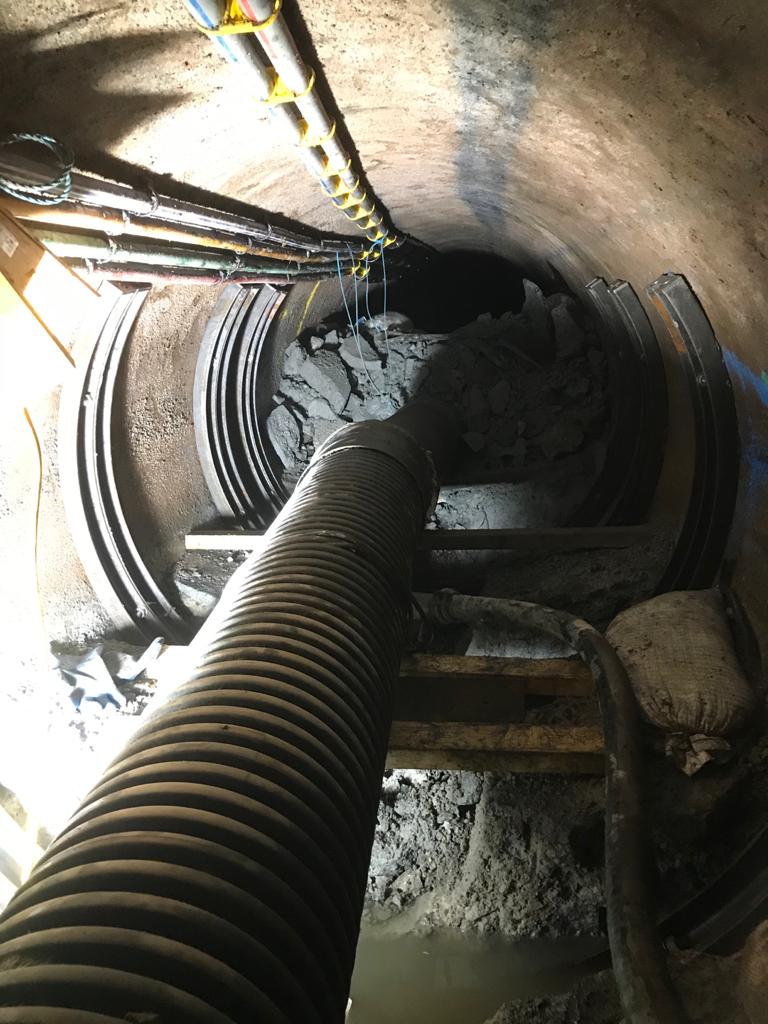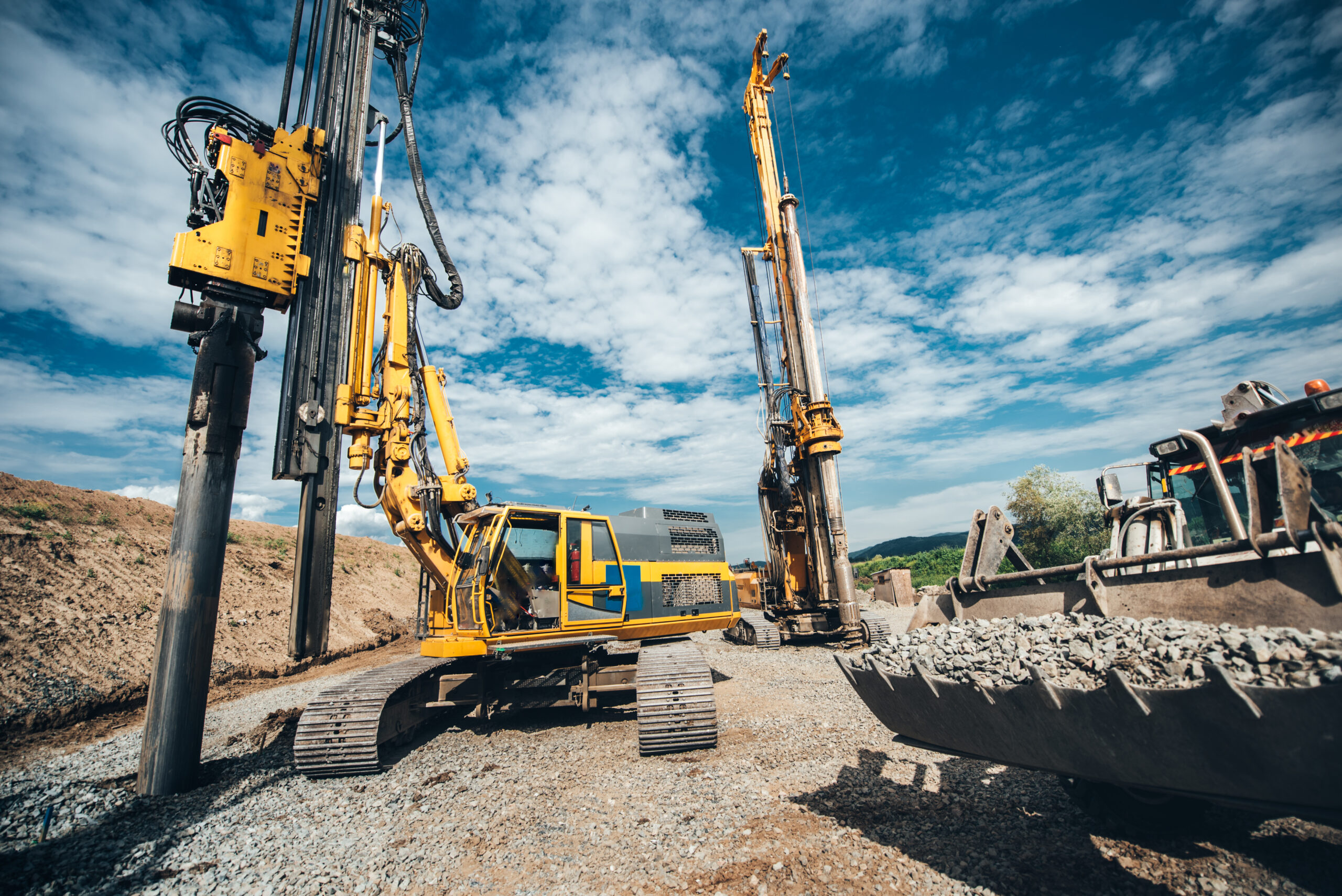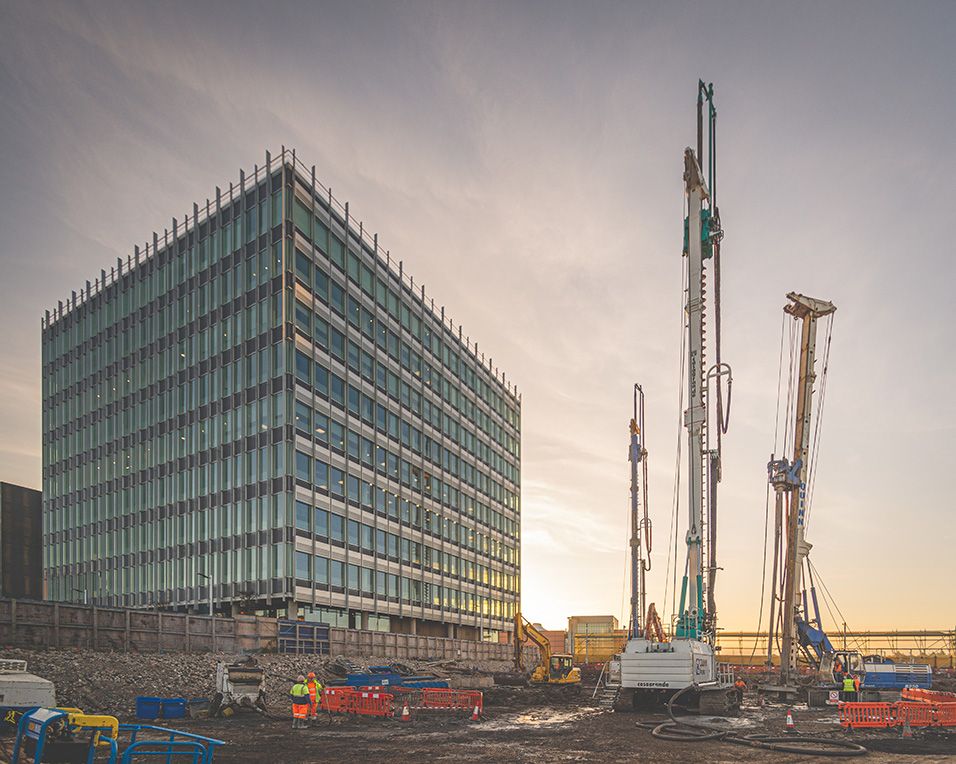
Specialist design and consultancy services to commercial and residential developments.
Starting with initial concept design and continuing to project completion, GDG provides professional consultancy services on a diverse range of commercial and residential developments.
Our team provides expert advice on all aspects of soil-structure interaction, utlising the latest techniques, including numerical modelling, to achieve progressive, innovative and economic solutions.
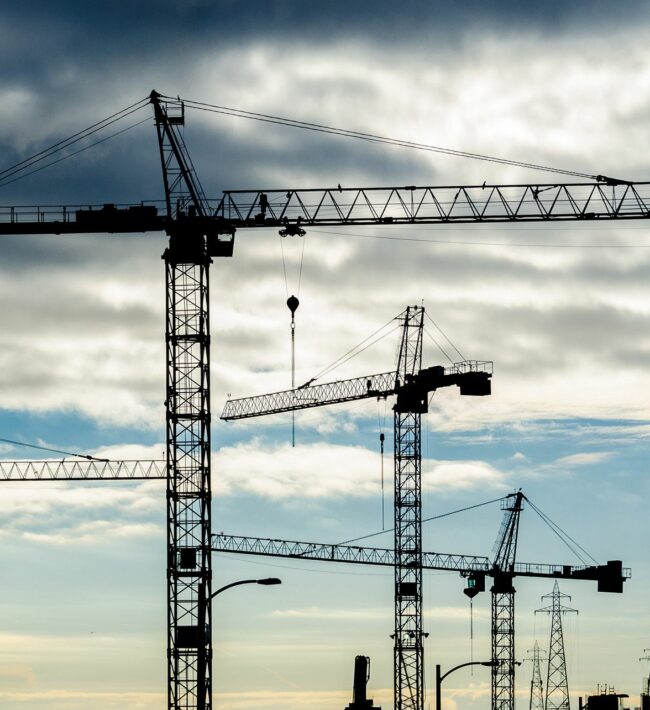
GDG Services and Expertise
We are outcome focussed, and our experience in urban development means that the advice we provide is both robust and practicable.
GDG has extensive expertise in the design of geotechnical structures in an urban environment, enabling an effective and economical design.
The GDG structures team consist of highly qualified engineers from a broad spectrum of engineering and science backgrounds. We work in an integrated fashion to deliver efficient investigations and design solutions.
GDG is committed to providing flexible and bespoke approaches to Clients, delivering robust and concise information, placing outcomes in context with practicable solutions, tailored to suit any project.
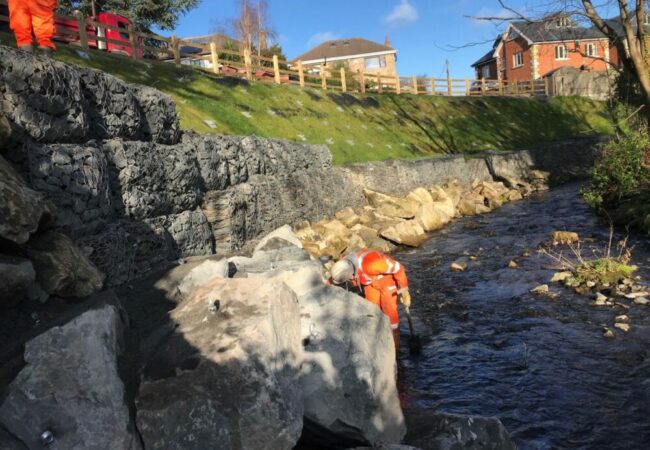
GDG also has expertise in providing trenchless technology consultancy services for Horizontal Directional Drilling (HDD), TBM and Pipe Jacking. Our services include:
- Tunnelling risk assessment. That is, how proposed tunnelling can affect neighbouring structures and infrastructure
- Design of the interjack arrangement for given drive lengths and ground conditions by determining the jacking forces.
- Backwall and headwall design for launch and receptions shafts.
- Design of the temporary strengthening required for historical sewer infrastructure.
- Approvals process for obtaining agreement from Network Rail, Irish Rail, Highways England and other asset owners for new crossings.
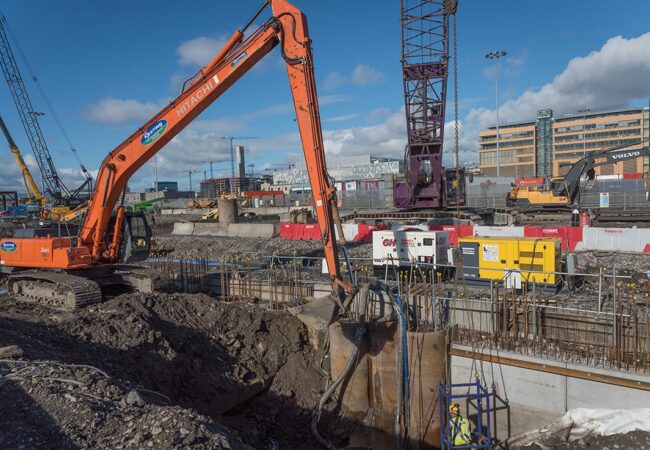
GDG are leaders in ground movement assessments. We use state of the art three-dimensional finite element modelling and advanced soil constitutive paradigms to capture soil-structure interaction.
- We model the complete construction sequence and use three-dimensional models to capture geometrical benefits such as corner effects.
- Structural elements such as piled retaining walls, temporary props and permanent slabs are included.
- The ground movement resulting from the construction is used to predict the level of movement in the surrounding buildings.
- These predicted movements are in turn used to predict strains in the buildings and, subsequently, to determine the expected level of damage to the properties.
- Damage predictions are presented on the Burland Scale.
GDG’s expertise in structural design and engineering will be key to developing the new tunnels, which will offer a considerable improvement in safety to road users and wildlife.
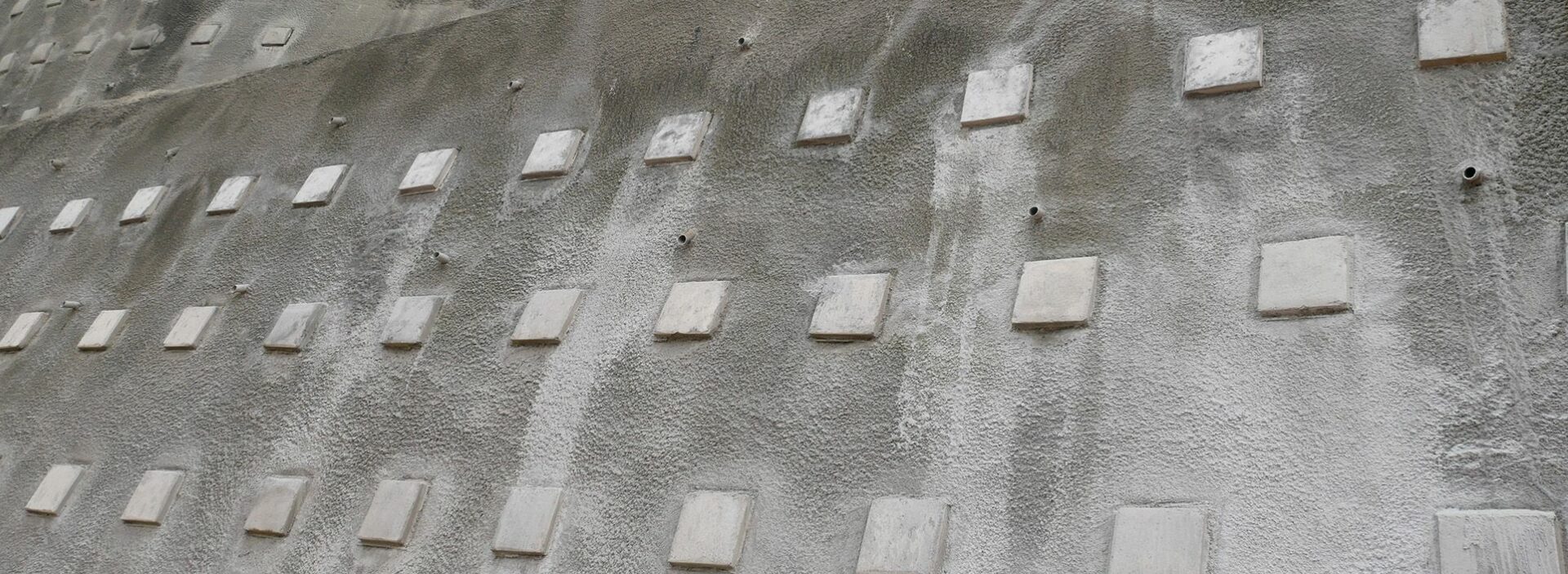
Our Structures projects


